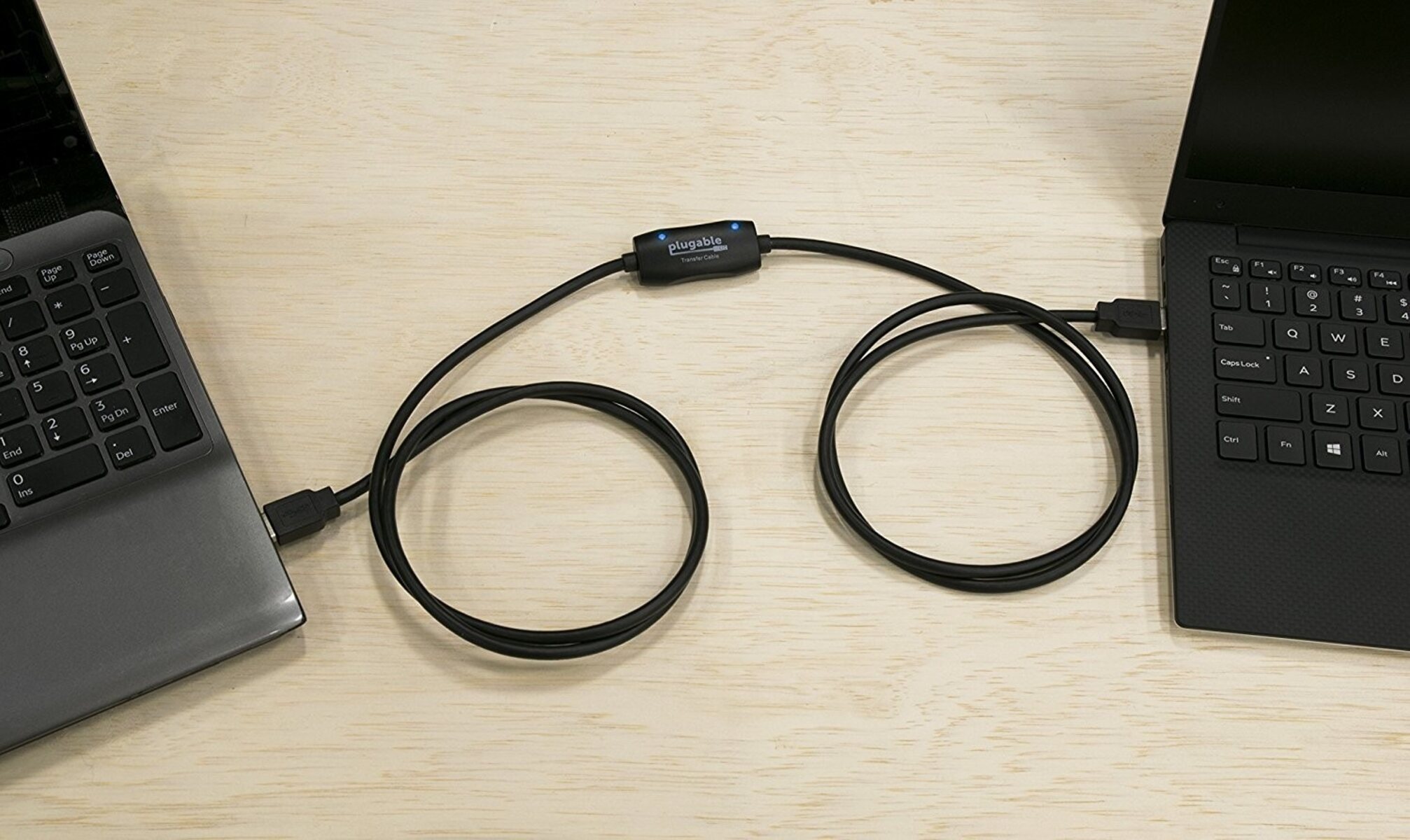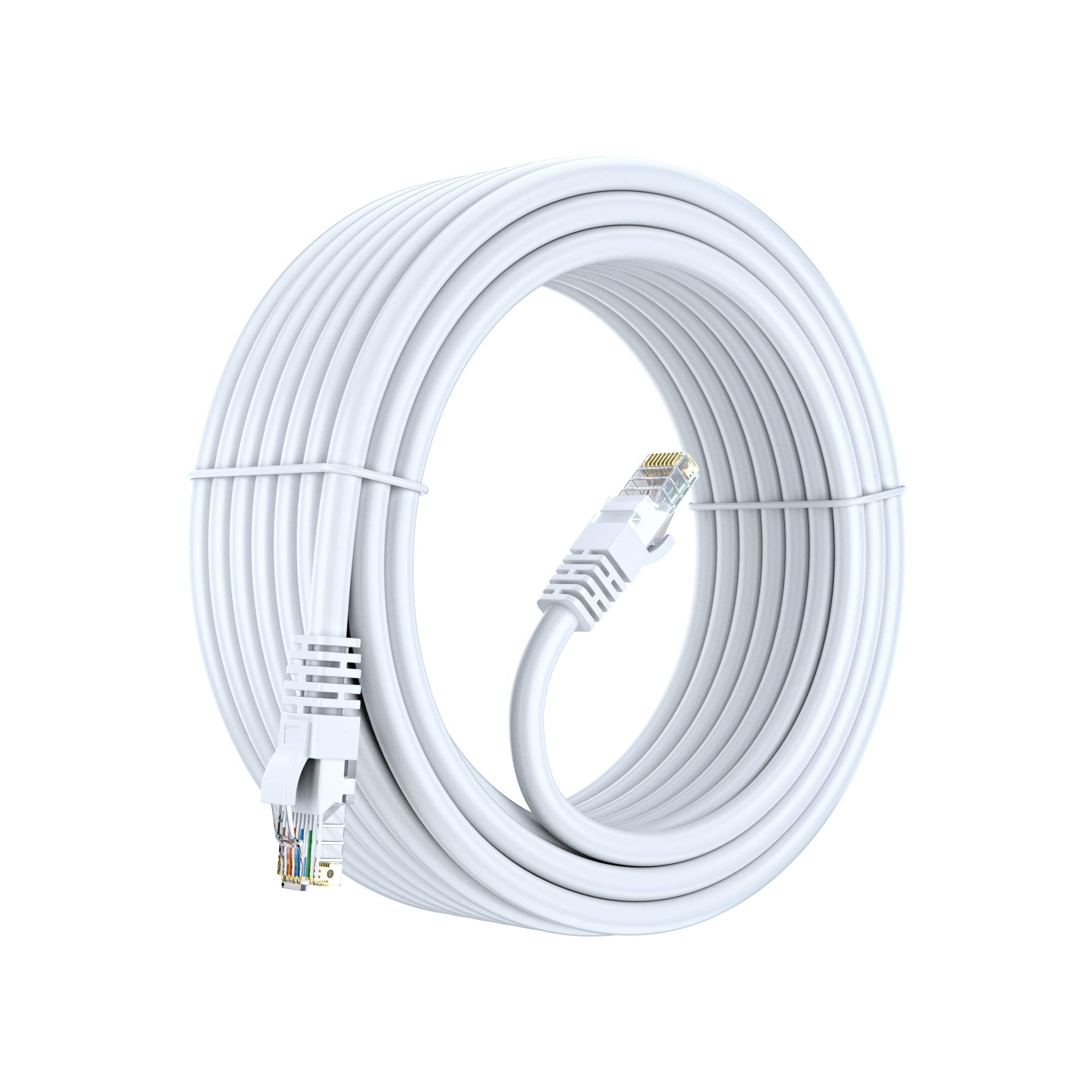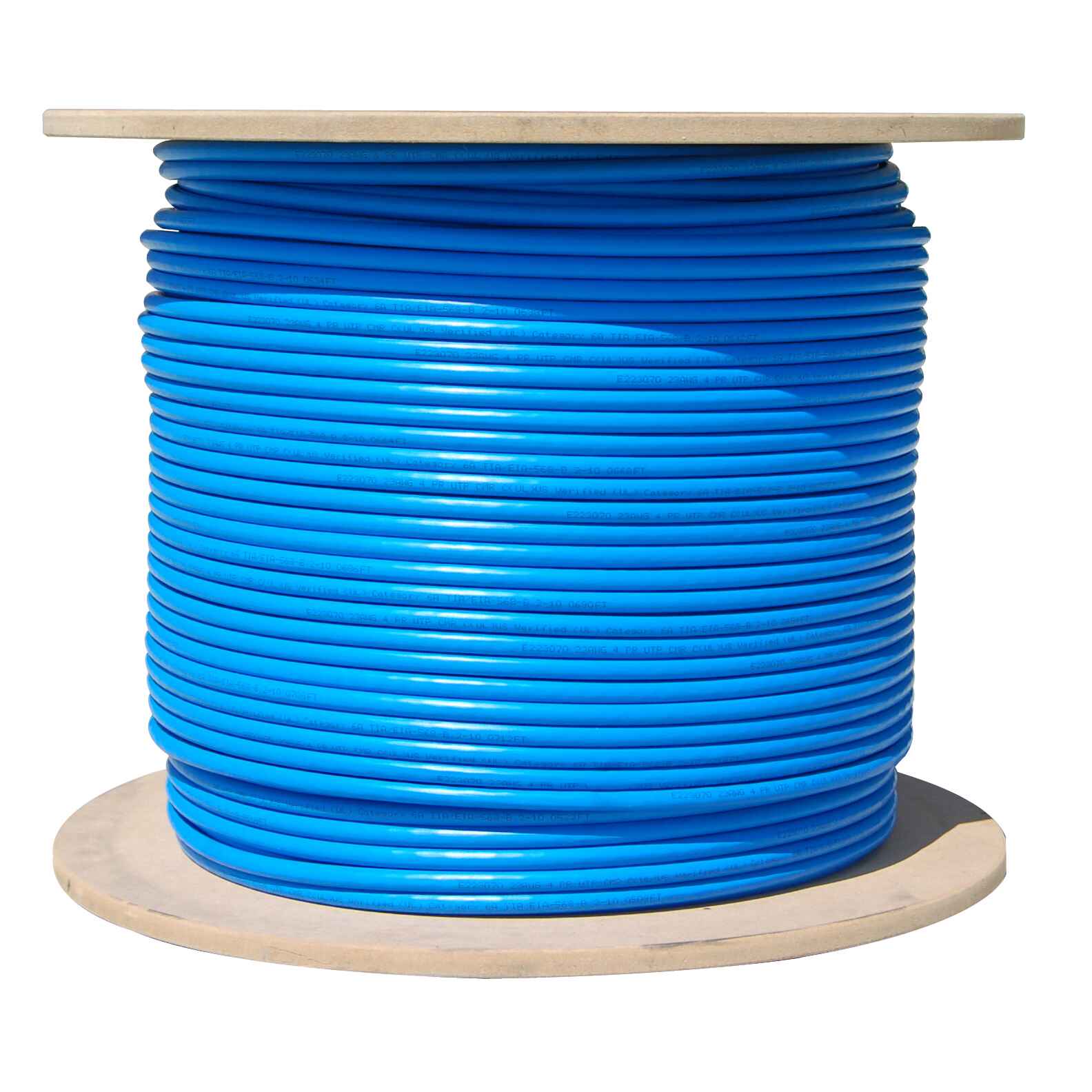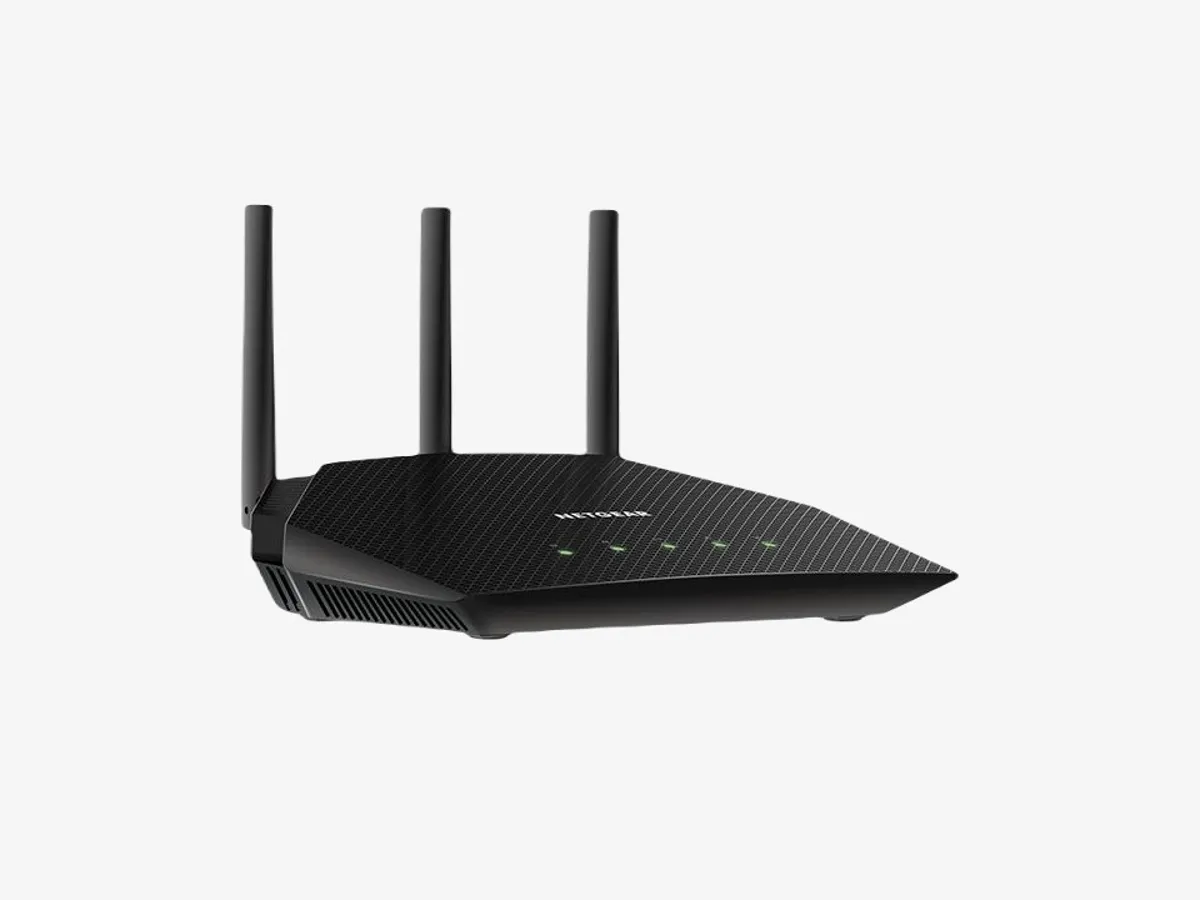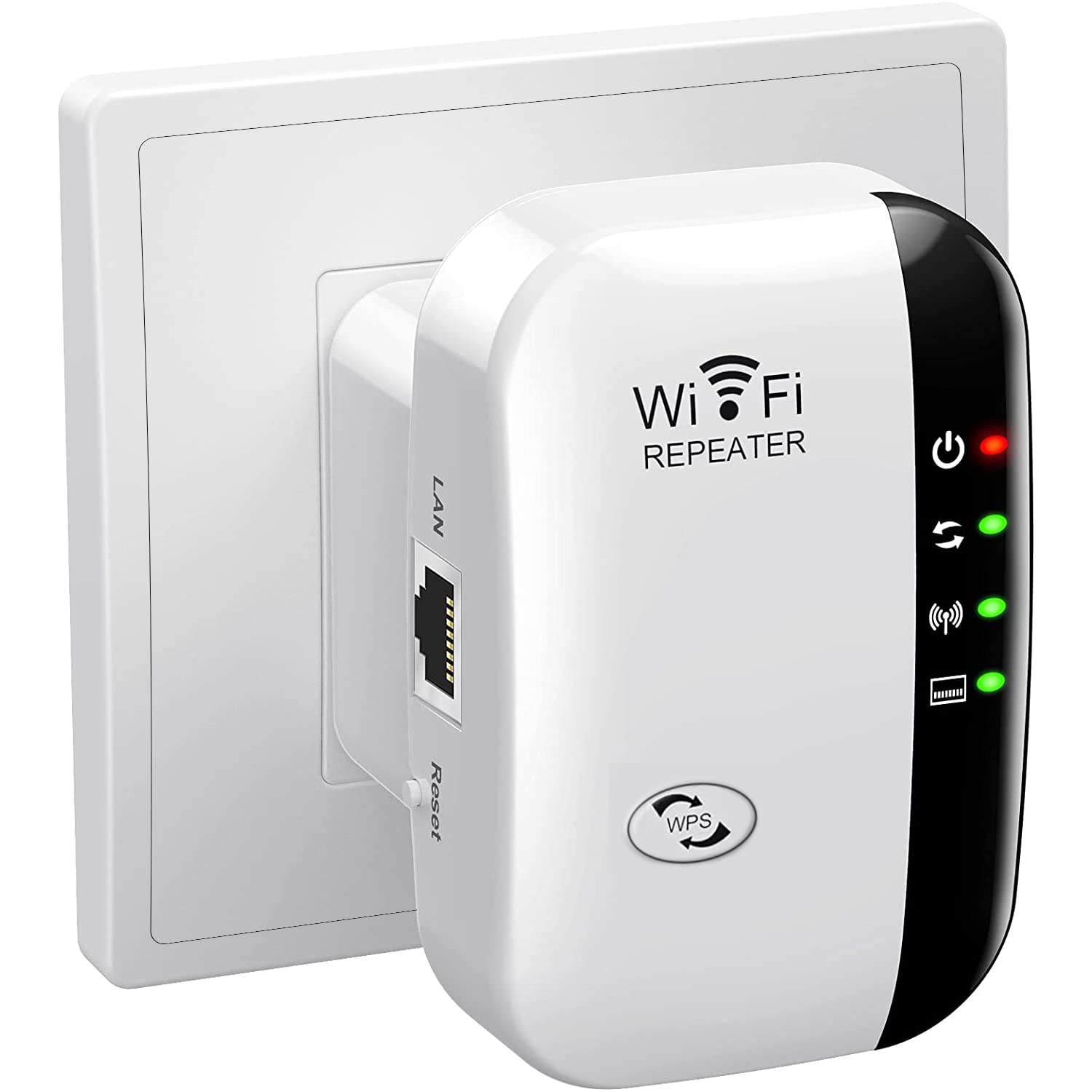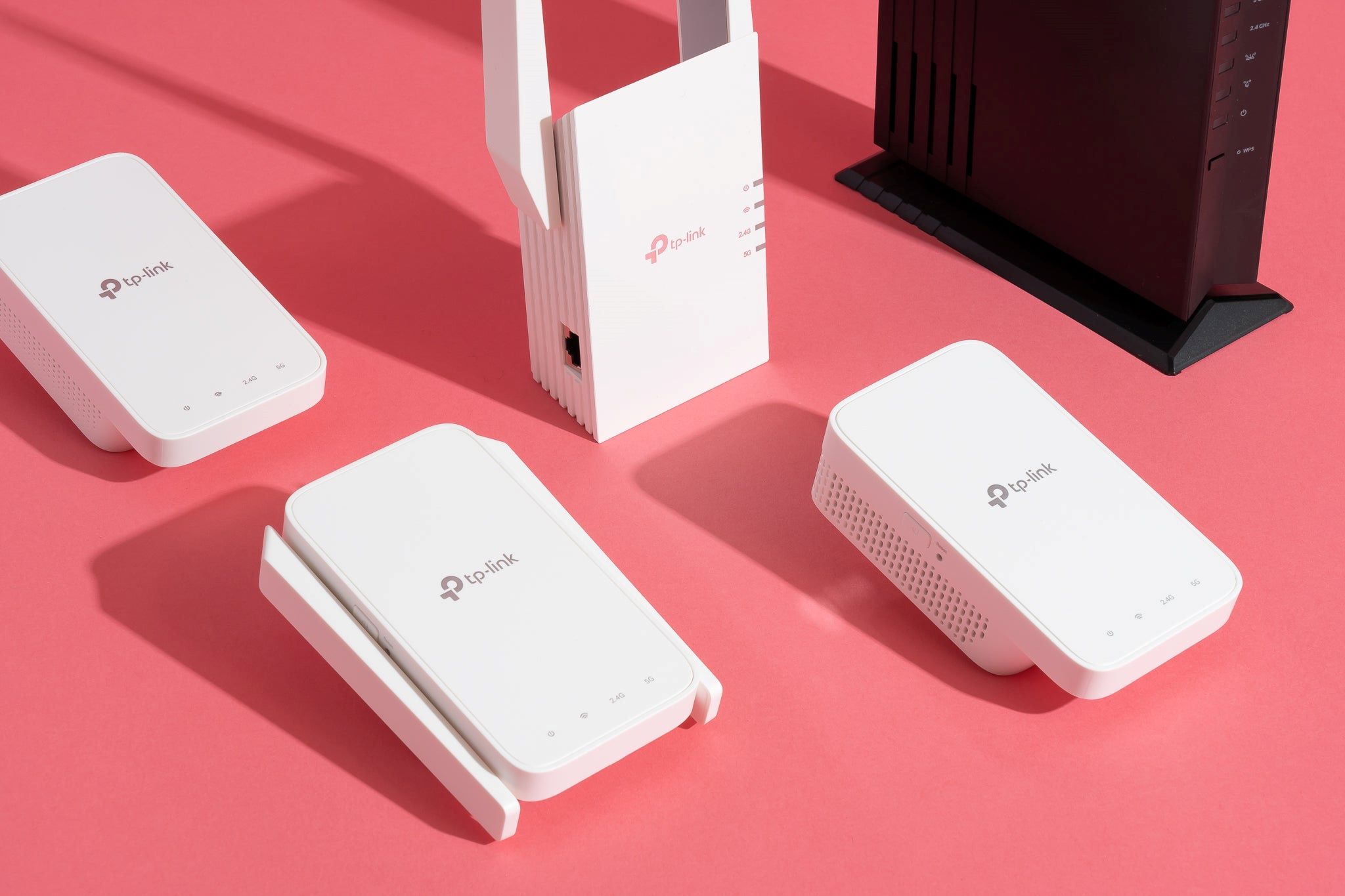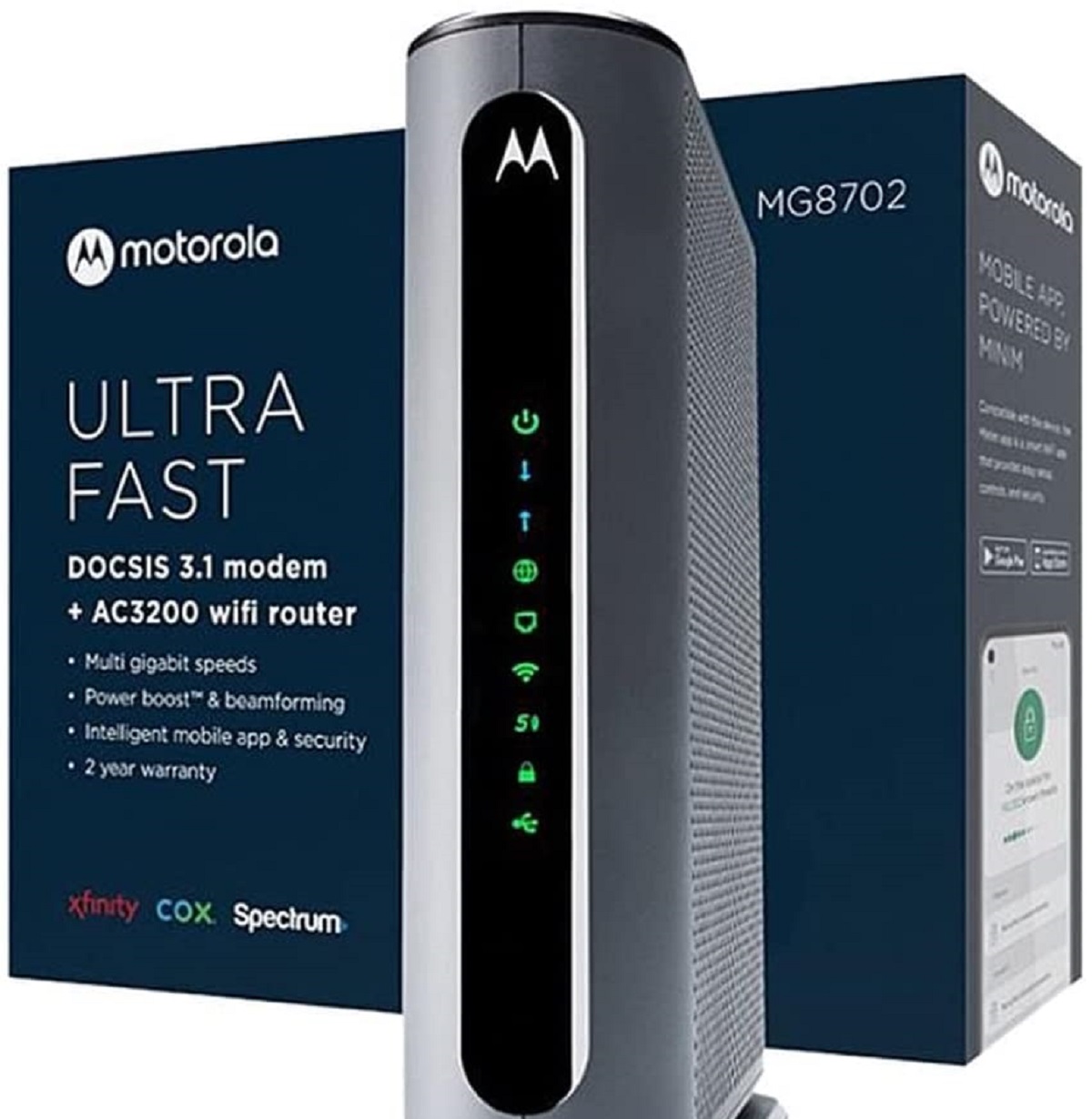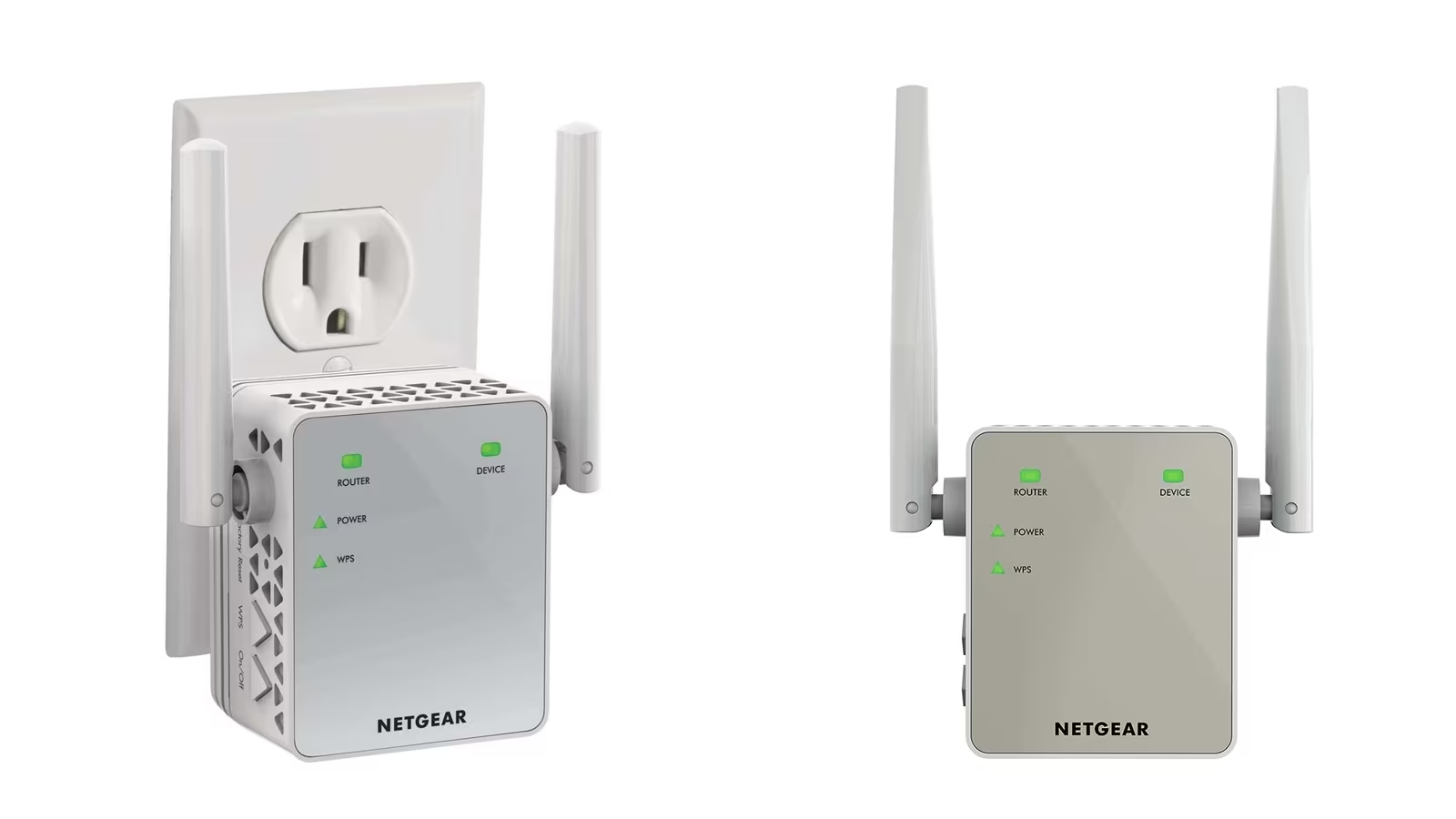Introduction
Ethernet cables are essential components of our modern digital landscape, connecting our devices to the internet and enabling seamless data transmission. Whether you’re streaming high-definition videos, engaging in intense online gaming, or transferring large files, the speed and reliability of your network connection depend greatly on the type of Ethernet cable you use.
In this article, we will explore the different categories of Ethernet cables and determine which one reigns as the fastest. By understanding the capabilities and limitations of each cable type, you can make an informed decision when it comes to outfitting your network for optimal performance.
From the legacy Cat5e cable to the advanced Cat8 cable, each category offers unique benefits and specifications. We will delve into the technical aspects of these cables, including their maximum data transfer speeds, shielding capabilities, and compatibility with various networking devices.
By the end of this article, you’ll have a clear understanding of the fastest Ethernet cable options available on the market, allowing you to choose the perfect cable for your specific needs.
Ethernet Cable Overview
Ethernet cables, also known as network cables or LAN (Local Area Network) cables, are the physical connections that allow data to be transmitted between devices on a network. These cables consist of four pairs of twisted copper wires enclosed by an outer plastic jacket. They are widely used in homes, offices, and data centers to establish wired internet connections.
Ethernet cables come in different categories, each offering varying levels of performance and speed. The most common categories are Cat5e, Cat6, Cat6a, Cat7, and Cat8. These categories determine the cable’s maximum data transfer speeds, transmission distance, and other specifications.
When selecting an Ethernet cable, it’s important to consider factors such as network speed requirements, distance between devices, and the level of interference in the environment. Choosing the right cable can ensure reliable and high-speed data transmission.
It’s important to note that Ethernet cables are backward compatible, meaning a higher category cable can still be used for lower category devices. For example, a Cat6 cable can be used for a device that only supports Cat5e. However, using a higher category cable does not necessarily guarantee faster speeds if the connected devices don’t support it.
Additionally, it’s worth mentioning that Ethernet cables can be either shielded or unshielded. Shielded cables, identified with an “STP” or “FTP” label, have an extra layer of insulation to protect against electromagnetic interference. Unshielded cables, known as “UTP” cables, are more susceptible to interference but are usually sufficient for most home and office environments.
Now that we have a basic understanding of Ethernet cables let’s dive deeper into the different categories and their specific features.
Categories of Ethernet Cables
Ethernet cables are categorized based on their performance specifications, with different categories offering varying levels of speed and capabilities. Let’s explore the main categories of Ethernet cables:
- Cat5e: Cat5e, which stands for Category 5e, is an upgraded version of the original Cat5 cable. It supports data transfer speeds of up to 1,000 Mbps (1 Gbps) and can transmit data over a maximum distance of 100 meters. Cat5e cables are suitable for most home and office networks and are widely used for basic internet browsing, email, and video streaming.
- Cat6: Cat6 cables offer improved performance compared to Cat5e. They can support data transfer speeds of up to 10,000 Mbps (10 Gbps) and have better resistance to crosstalk and interference. Cat6 cables are commonly used in environments where high-speed data transmission is required, such as gaming, multimedia streaming, and video conferencing.
- Cat6a: Cat6a, or Category 6a, cables are an enhanced version of Cat6 cables. They can support data transfer speeds of up to 10,000 Mbps (10 Gbps) over longer distances, up to 100 meters. Cat6a cables are designed for professional use and are commonly used in data centers, server rooms, and large-scale networking environments. They provide superior performance and are suitable for demanding applications like 4K video streaming and high-speed data transfers.
- Cat7: Cat7 cables are designed to provide even higher performance than Cat6a. They can support data transfer speeds of up to 10,000 Mbps (10 Gbps) and have improved shielding to minimize interference. Cat7 cables are typically used in professional and industrial settings where the network demands are extremely high, such as data centers, server farms, and industrial automation.
- Cat8: Cat8 cables are the latest addition to the Ethernet cable family, offering remarkable speed and performance. They can support data transfer speeds of up to 40,000 Mbps (40 Gbps) over shorter distances, up to 30 meters. Cat8 cables are designed for specialized applications that require ultra-high-speed connectivity, such as network backbones, high-performance computing, and data-intensive tasks.
Each category offers its own advantages and is suitable for specific use cases. Consider your network requirements, compatible devices, and budget when choosing the appropriate Ethernet cable.
How Ethernet Cables are Categorized
Ethernet cables are categorized based on the performance standards set by the Telecommunications Industry Association (TIA) and the International Organization for Standardization (ISO). These standards define the cable’s specifications such as data transfer speed, frequency, and maximum transmission distance. Here’s a breakdown of how Ethernet cables are categorized:
Categories: Ethernet cables are labeled with category numbers, such as Cat5e, Cat6, Cat6a, Cat7, and Cat8. These categories reflect the level of performance and speed that the cable can achieve. The higher the category number, the faster and more advanced the cable is.
Data Transfer Speed: Each Ethernet cable category is associated with a specific maximum data transfer speed. For example, Cat5e supports speeds up to 1 Gbps, while Cat6, Cat6a, Cat7, and Cat8 offer even higher speeds ranging from 10 Gbps to 40 Gbps.
Frequencies: Ethernet cables operate at different frequencies to transmit data. Higher frequencies allow for faster data transmission. Each category has a specified frequency range, with Cat5e having a frequency range of up to 100 MHz, Cat6 and Cat6a reaching up to 250 MHz, Cat7 operating at up to 600 MHz, and Cat8 supporting frequencies up to 2,000 MHz.
Shielding: Ethernet cables can be either unshielded (UTP) or shielded. Shielded cables have additional shielding layers to protect against electromagnetic interference, whereas unshielded cables do not have this extra layer. Shielded cables, denoted with “STP” or “FTP,” are typically used in environments with high levels of interference, such as industrial settings or areas with nearby power lines.
Backward Compatibility: Ethernet cables are designed to be backward compatible, meaning a higher category cable can be used with devices that support lower categories. For example, Cat6 cables can be used in place of Cat5e cables. However, it’s important to note that using a higher category cable does not guarantee faster speeds if the connected devices do not support it.
Understanding how Ethernet cables are categorized can help you assess the capabilities and compatibility of different cables, enabling you to choose the right one for your specific networking needs.
Cat5e Ethernet Cable
Cat5e, short for Category 5e, is an improved version of the original Cat5 Ethernet cable. It is one of the most commonly used Ethernet cables due to its affordability and compatibility with various networking devices. Cat5e cables are capable of supporting data transfer speeds of up to 1,000 Mbps (1 Gbps).
The “e” in Cat5e stands for “enhanced,” indicating that it provides better performance and quality compared to the standard Cat5 cable. It achieves this through tighter twists in the cable pairs, reducing crosstalk and improving signal quality. Cat5e cables are designed for use in both residential and commercial environments, offering reliable connectivity for everyday internet usage.
Cat5e cables can transmit data up to a maximum distance of 100 meters (328 feet). This makes them suitable for larger homes, offices, and small-scale networks. They are commonly used for activities such as web browsing, email, and standard-definition video streaming.
One key advantage of Cat5e cables is their backward compatibility. They can be used with devices that support lower categories, such as Cat5, without sacrificing performance. However, it’s important to note that Cat5e cables will not provide faster speeds if connected to devices that have higher category capabilities.
When it comes to shielding, Cat5e cables are typically unshielded (UTP). This makes them more susceptible to electromagnetic interference, but it’s usually not a major issue in standard home and office environments.
In summary, Cat5e Ethernet cables are an affordable and reliable choice for most networking needs. They offer decent data transfer speeds and can handle basic internet usage and standard-definition streaming. If you’re looking for a budget-friendly Ethernet cable that provides good performance, Cat5e is a solid option.
Cat6 Ethernet Cable
Cat6, or Category 6, Ethernet cables are an upgrade from Cat5e cables, offering improved performance and faster data transfer speeds. They are designed to meet the demands of today’s high-bandwidth applications, such as online gaming, video streaming, and large file transfers.
One of the significant advantages of Cat6 cables is their higher data transfer speed capability. They can support speeds of up to 10,000 Mbps (10 Gbps). This increased bandwidth allows for seamless streaming of high-definition videos and faster data transfers, making Cat6 cables ideal for environments that require high-speed connectivity.
Cat6 cables achieve their superior performance by using tighter twisted pairs and improved insulation materials. This reduces crosstalk and signal interference, leading to a more stable and reliable network connection.
While Cat6 cables can reach impressive speeds, it’s important to note that the actual performance achieved will depend on other factors, such as the connected devices and the quality of the network infrastructure. In many cases, Cat6 cables are used in conjunction with Gigabit Ethernet devices, which can take full advantage of their capabilities.
Similar to Cat5e, Cat6 cables can transmit data up to a maximum distance of 100 meters (328 feet). This makes them suitable for larger homes, offices, and commercial settings. It’s also worth mentioning that Cat6 cables are backward compatible with Cat5e devices, allowing for seamless integration and scalability of your network infrastructure.
In terms of shielding, Cat6 cables are typically available in both shielded (STP) and unshielded (UTP) versions. The shielded variant provides extra protection against electromagnetic interference (EMI) and is recommended for environments with higher levels of interference.
In summary, Cat6 Ethernet cables offer higher speeds, improved performance, and reduced signal interference compared to Cat5e cables. They are an excellent choice for high-bandwidth applications and are widely used in homes, offices, and gaming setups. If you demand faster speeds and want to future-proof your network, Cat6 is a reliable option.
Cat6a Ethernet Cable
Cat6a, or Category 6a, Ethernet cables are an enhanced version of Cat6 cables, offering even higher performance and improved capabilities. They are designed to meet the growing demands of today’s high-speed networking environments, where reliable and ultra-fast data transmission is essential.
One notable feature of Cat6a cables is their ability to support data transfer speeds of up to 10,000 Mbps (10 Gbps), which is the same as Cat6 cables. However, what sets Cat6a cables apart is their capability to maintain this high speed over longer distances. While Cat6 cables have a maximum transmission distance of 100 meters (328 feet), Cat6a cables can transmit data over distances of up to 100 meters without any loss in speed.
The “a” in Cat6a stands for “augmented,” indicating the improved performance compared to Cat6 cables. Cat6a achieves higher speeds and better overall performance by using thicker conductor wires and improved insulation. The thicker wires reduce resistance and allow for better signal quality, while the enhanced insulation reduces crosstalk and enhances overall network performance.
Due to their enhanced characteristics, Cat6a cables are commonly used in demanding environments such as data centers, server rooms, and large-scale networking setups. They are suitable for applications that require high-speed transmission, such as 4K video streaming, data-intensive transfers, and high-performance computing.
Similar to Cat6 cables, Cat6a cables are also backward compatible with Cat5e and Cat6 devices, providing flexibility and easy integration with existing network infrastructure. This allows for seamless upgrades and the ability to take advantage of the higher performance provided by Cat6a cables.
In terms of shielding, Cat6a cables are available in both shielded (STP) and unshielded (UTP) versions. Shielded Cat6a cables provide superior protection against electromagnetic interference (EMI) and are recommended for environments where there is a high level of interference, such as areas with nearby electrical equipment or radio-frequency interference.
In summary, Cat6a Ethernet cables offer enhanced performance, higher speeds, and improved transmission distances compared to Cat6 cables. They are perfect for demanding networking environments that require ultra-fast and reliable data transfer. If you’re looking for a cable that can handle high-bandwidth applications over longer distances, Cat6a is an excellent choice.
Cat7 Ethernet Cable
Cat7, or Category 7, Ethernet cables are designed to provide the highest level of performance and speed in the Ethernet cable family. They offer even greater bandwidth and improved shielding capabilities compared to previous cable categories.
One of the key features of Cat7 cables is their ability to support data transfer speeds of up to 10,000 Mbps (10 Gbps), similar to Cat6 and Cat6a cables. However, what sets Cat7 cables apart is their significantly higher frequency range, reaching up to 600 MHz. This allows for more data to be transmitted simultaneously, resulting in faster and more efficient network performance.
The increased frequency range of Cat7 cables also ensures a higher signal-to-noise ratio, resulting in improved data transmission quality and reliability. It provides better resistance to external interference, such as electromagnetic interference (EMI) and crosstalk, thus delivering a more stable and consistent network connection.
Cat7 cables are typically shielded cables, available in both individual shielded pairs (S/FTP) and overall shielded cables (F/FTP). This extensive shielding provides optimal protection against various forms of interference, making Cat7 cables ideal for environments with high levels of interference, such as industrial settings or areas with a significant amount of electrical equipment.
Due to their advanced design and shielding, Cat7 cables are commonly used in professional and industrial settings that require high-speed and reliable network connections. They are ideal for data centers, server farms, and applications that demand exceptional network performance, such as real-time video streaming, high-resolution surveillance systems, and virtual reality gaming.
It’s important to note that Cat7 cables are not as widely supported as previous categories and may not be compatible with all devices. To take full advantage of the capabilities of Cat7 cables, it is essential to have compatible networking equipment such as routers, switches, and network adapters that support Cat7 speeds.
In summary, Cat7 Ethernet cables provide the highest level of performance, speed, and shielding among the Ethernet cable categories. They offer blazing-fast data transfer speeds and exceptional resistance to interference. If you require top-tier performance and reliability for your network, Cat7 is an excellent choice for industrial, professional, or high-demand networking environments.
Cat8 Ethernet Cable
Cat8, or Category 8, Ethernet cables are the latest addition to the Ethernet cable family, offering the highest level of performance and speed available. They are specifically designed to meet the demanding requirements of modern networking environments, where ultra-fast and reliable data transmission is essential.
One of the standout features of Cat8 cables is their incredible data transfer speeds. They can support speeds of up to 40,000 Mbps (40 Gbps), which is four times faster than Cat7 cables and eight times faster than Cat6a cables. This immense bandwidth allows for rapid data transfers, seamless streaming of 4K and 8K videos, and flawless online gaming experiences.
Cat8 cables achieve their impressive speeds by utilizing advanced technologies such as higher frequency ranges and improved shielding. They support frequency ranges of up to 2,000 MHz, making them capable of handling extremely high data transmission rates. These cables incorporate improved shielding techniques to minimize crosstalk and external interference, ensuring a stable and reliable network connection.
Due to their exceptional performance, Cat8 cables are often used in specialized applications that demand ultra-high-speed connectivity. They are commonly deployed in data centers, server farms, and locations where extensive network backbones are required. Furthermore, Cat8 cables are ideal for scenarios involving large-scale file transfers, network-intensive operations, and data-intensive tasks like machine learning and big data analytics.
It’s important to note that Cat8 cables have a maximum transmission distance of 30 meters (98 feet). While this distance may be shorter than other cable categories, the exceptional data transfer speeds make Cat8 cables ideal for short-range connections within high-performance networking environments.
Like Cat7 cables, Cat8 cables are typically shielded, providing robust protection against electromagnetic interference (EMI) and minimizing signal degradation. This shielding is essential, especially in environments where interference is prevalent, such as industrial and commercial settings.
While Cat8 cables offer incredible speed and performance, it’s important to ensure that the networking equipment, including routers, switches, and network adapters, are compatible and support Cat8 speeds to take full advantage of the cable’s capabilities.
In summary, Cat8 Ethernet cables are the pinnacle of Ethernet cable technology, offering unparalleled speed and performance for demanding networking environments. With their blazing-fast data transfer speeds and advanced shielding capabilities, Cat8 cables are the go-to choice for professionals and enthusiasts who require the highest level of network performance.
Which Ethernet Cable is the Fastest?
When it comes to determining the fastest Ethernet cable, it’s important to consider the specific needs and requirements of your network setup. Each Ethernet cable category offers different levels of performance and speed, catering to various networking demands.
Among the commonly available categories, Cat8 Ethernet cables are currently considered the fastest. Cat8 cables can support data transfer speeds of up to 40,000 Mbps (40 Gbps), making them the optimal choice for high-speed and data-intensive applications. They are specifically designed for environments that demand unparalleled speed and reliability, such as data centers and server farms.
Cat7 Ethernet cables also offer impressive speeds, supporting data transfer rates of up to 10,000 Mbps (10 Gbps). While they are not as fast as Cat8 cables, they are still highly capable and suitable for industrial and professional networking setups.
However, it is crucial to note that while Cat8 and Cat7 cables offer remarkable speeds, these speeds can only be achieved if the connected devices and network infrastructure support the same high-speed specifications. If your devices and network infrastructure do not support speeds offered by Cat8 or Cat7 cables, then the actual data transfer speeds may be limited to the capabilities of the device and the least common denominator of the cables and equipment involved.
For most home and office setups, where standard internet usage, streaming, and general networking activities are the norm, Cat6 and Cat6a Ethernet cables generally offer ample speed and performance. They can handle data transfer speeds of up to 10,000 Mbps (10 Gbps), making them suitable for most everyday networking needs. Cat5e cables, while not as fast as Cat6 and Cat6a, can still meet the requirements of basic internet usage and standard-definition video streaming.
It’s essential to evaluate your specific networking requirements, such as the need for higher speeds, longer transmission distances, or advanced shielding against interference, before deciding on the appropriate Ethernet cable category for your setup.
Keep in mind that the fastest Ethernet cable, whether it’s Cat8, Cat7, or another category, will only provide optimal speed and performance if supported by compatible networking devices and infrastructure. Additionally, future advancements in technology may introduce new Ethernet cable categories that offer even faster speeds.
Overall, understanding the capabilities and limitations of each Ethernet cable category will help you make an informed decision in selecting the fastest Ethernet cable that suits your specific networking needs.
Conclusion
In conclusion, Ethernet cables play a crucial role in establishing fast and reliable network connections. The choice of Ethernet cable depends on specific requirements, such as speed, transmission distance, and shielding capabilities.
Cat5e cables are a cost-effective option suitable for basic internet usage and standard-definition video streaming. Cat6 and Cat6a cables offer higher speeds and improved performance, catering to the demands of gaming, multimedia streaming, and data-intensive tasks.
Cat7 cables provide even greater bandwidth and shielding, making them ideal for professional and industrial settings with high-speed network demands. Cat8 cables are the latest addition, offering unparalleled speeds and performance that are best suited for data centers and environments that require ultra-fast transfer rates.
When determining the fastest Ethernet cable, it’s crucial to consider the compatibility of the cable with your devices and network infrastructure. The capabilities of the devices and infrastructure play a significant role in realizing the full potential of the Ethernet cable’s performance.
Ultimately, the choice of Ethernet cable should be based on the specific needs and requirements of your network setup. Consider factors such as speed, distance, interference levels, and compatibility to make an informed decision that ensures optimal performance and reliability.
As technology advances, new Ethernet cable categories may be introduced, offering even faster speeds. Staying updated with industry advancements will help you adapt and harness the latest Ethernet cable technologies to meet your networking needs.
By understanding the different categories of Ethernet cables and their capabilities, you can make an informed choice that ensures your network operates at the fastest and most efficient speeds possible.









